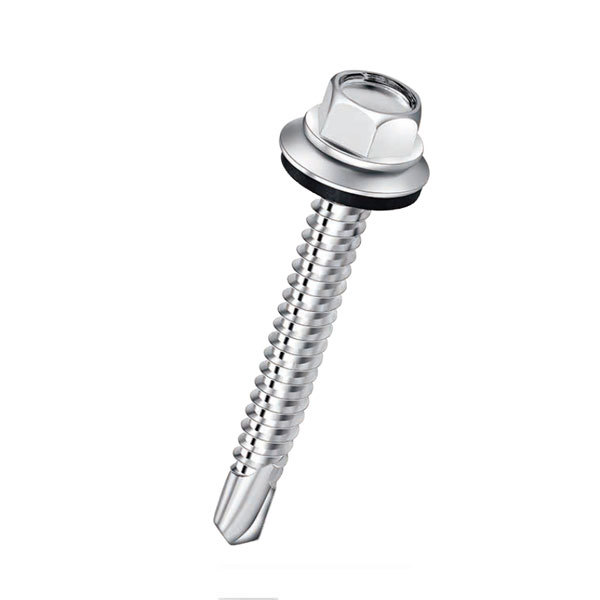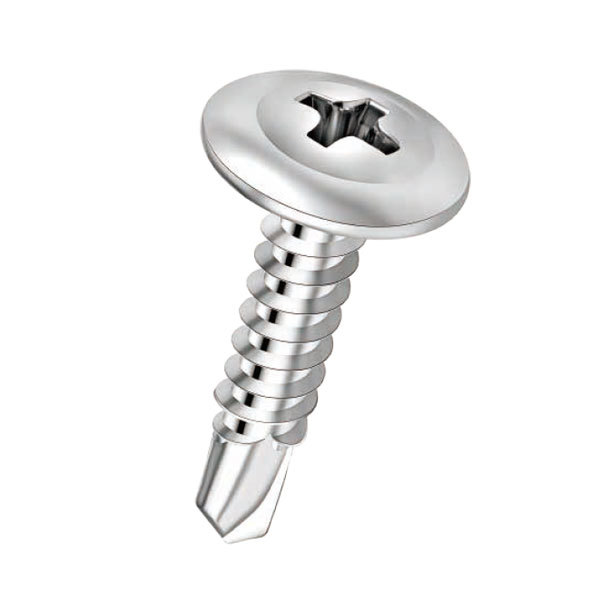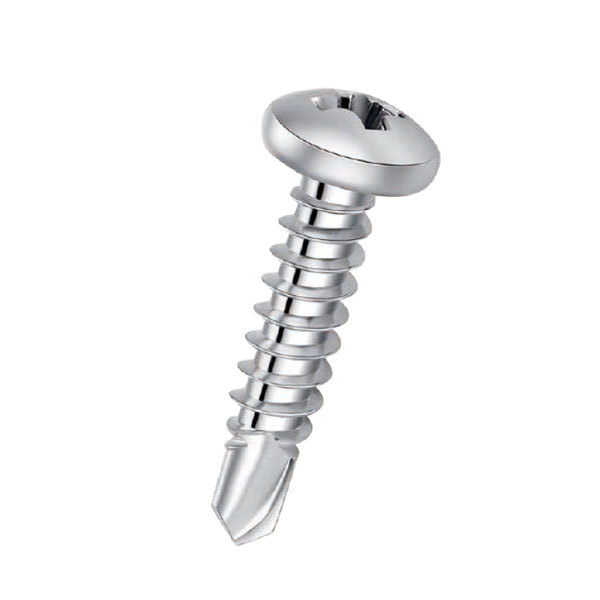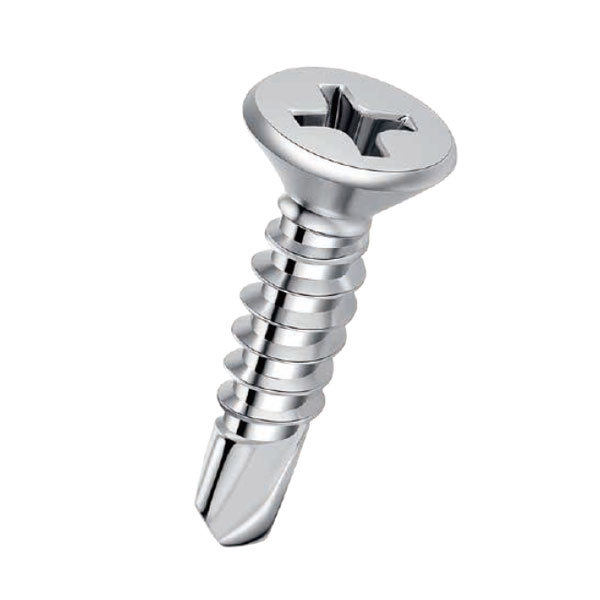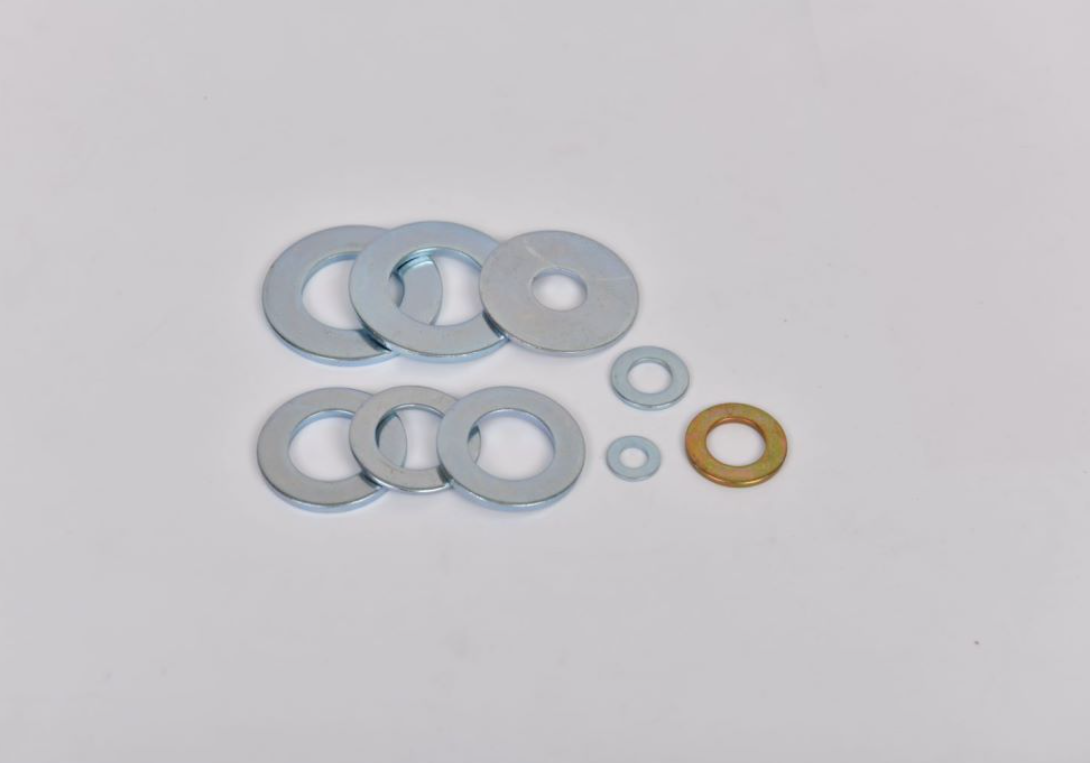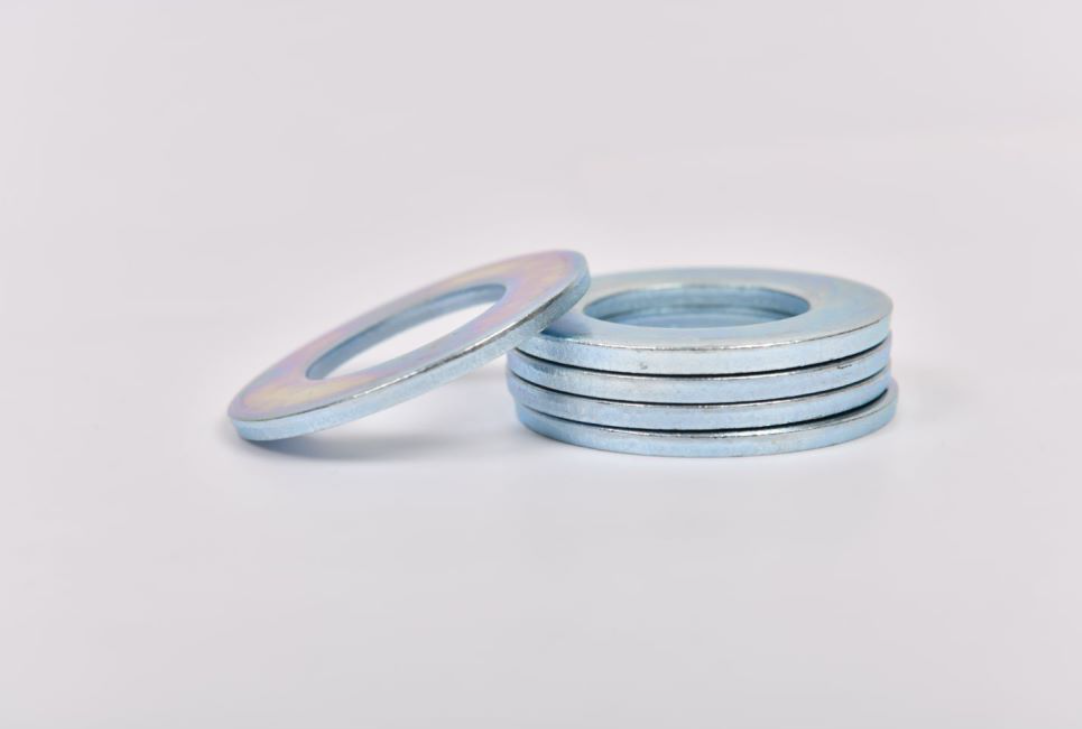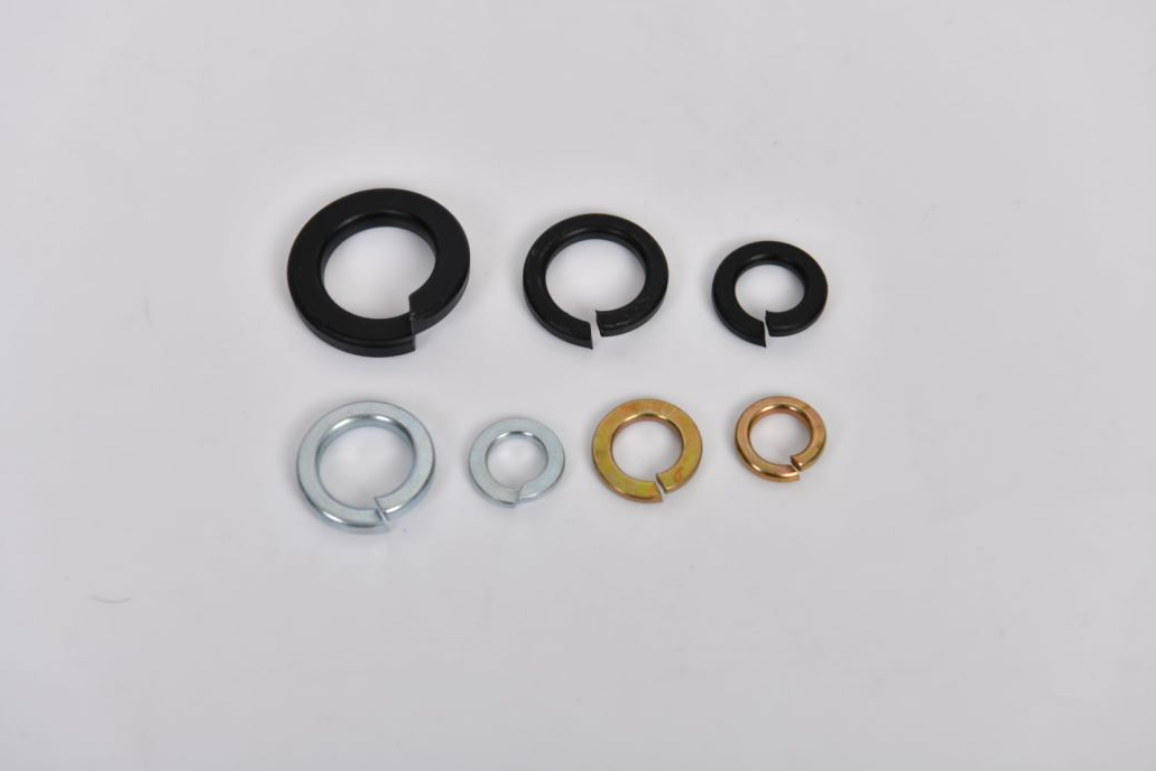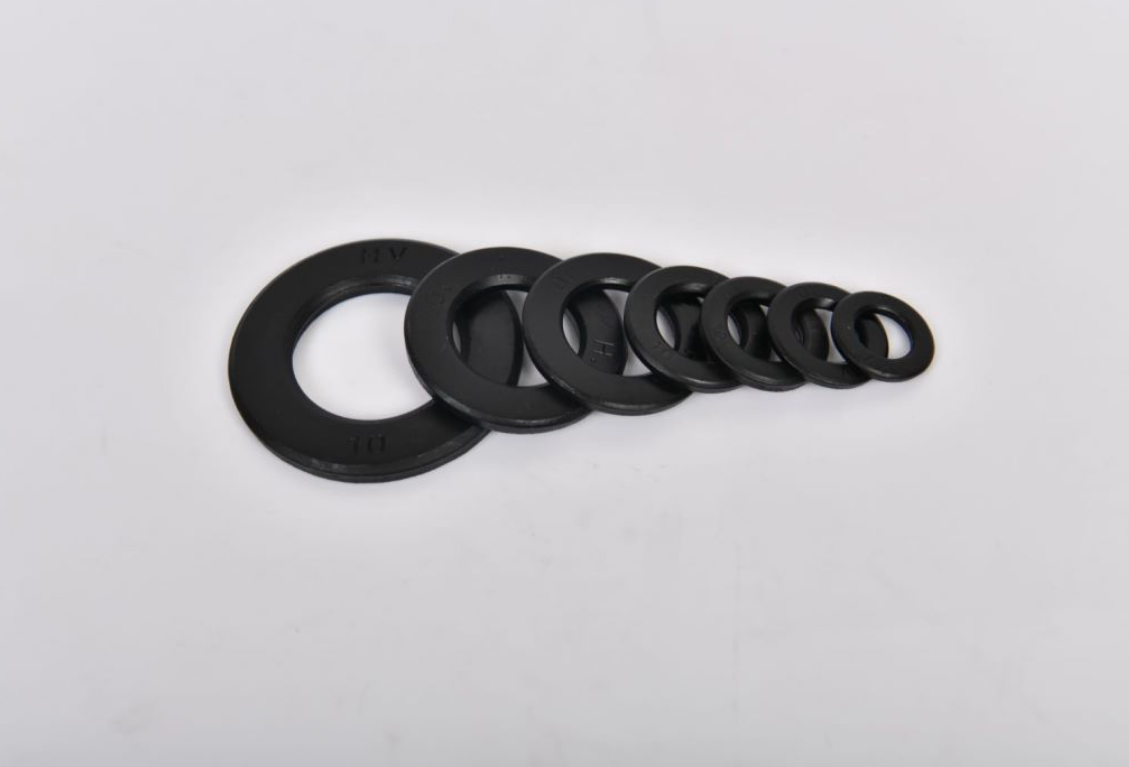self tapping screw dimensions quotes
Understanding Self-Tapping Screw Dimensions A Comprehensive Guide
Self-tapping screws are a fundamental component in numerous applications, ranging from construction to electronics. Unlike traditional screws, self-tapping screws can create their own holes as they are driven into materials, making them ideal for various projects where efficiency and ease of use are paramount. One key aspect that significantly impacts their performance and suitability for specific tasks is their dimensions.
When discussing self-tapping screw dimensions, several crucial measurements come into play length, diameter, thread pitch, and head style
. Each of these dimensions serves a distinct purpose and understanding them is essential for selecting the right screw for your application.1. Length The length of a self-tapping screw is measured from the underside of the head to the tip. Common lengths range from 1/4 inch to several inches, depending on the application. Choosing the appropriate length is critical; if the screw is too short, it may not provide adequate anchorage, while a screw that is too long could compromise the material being fastened.
2. Diameter The diameter, often referred to as the gauge, affects the screw's strength and holding capacity. Self-tapping screws come in various diameters, typically ranging from 0 (approximately 0.06 inches) to 14 (approximately 0.24 inches). A larger diameter screw provides greater holding power but may require a more substantial pilot hole, which can complicate installation in certain materials.
self tapping screw dimensions quotes
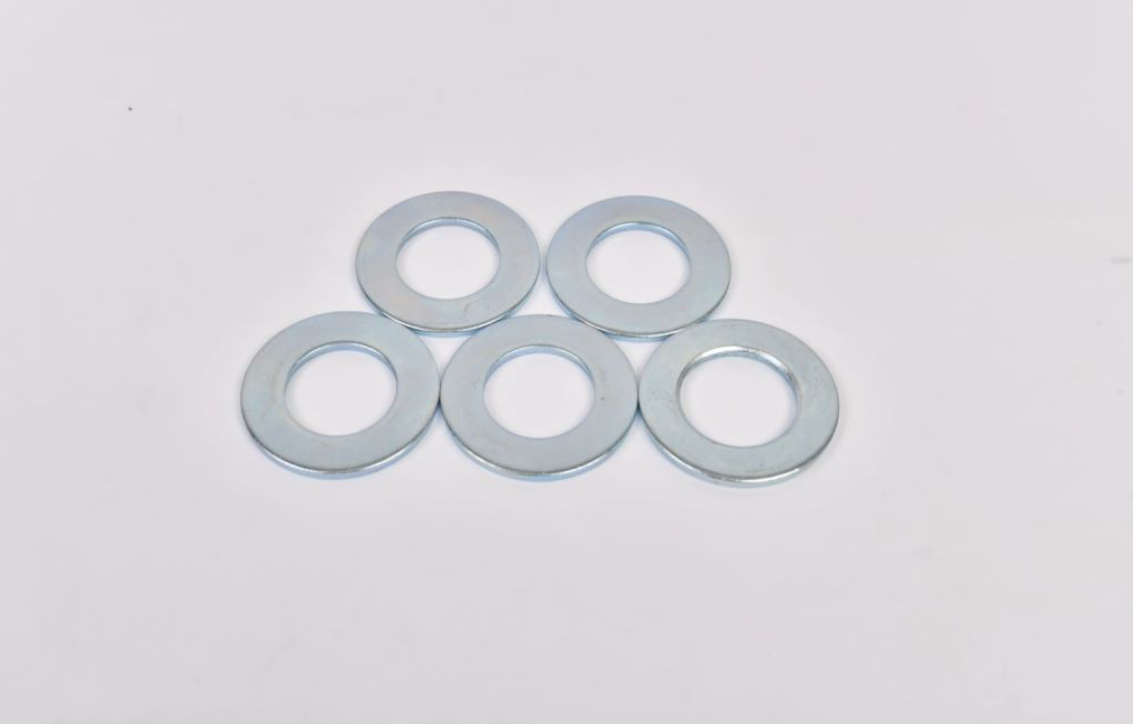
3. Thread Pitch Thread pitch refers to the distance between the crests of two adjacent threads, and it affects how quickly a screw can be driven in and how well it grips the material. Coarse thread screws are generally used for soft materials such as wood, where rapid installation is beneficial. Fine thread screws, on the other hand, are preferred for harder materials like metal because they provide a tighter grip and greater resistance to stripping.
4. Head Style The head style of a self-tapping screw affects both the application and the aesthetic of the finished project. Common styles include pan, flat, and oval heads. Each style offers different advantages in terms of installation ease and the ability to countersink into the material.
In addition to these primary dimensions, other considerations include the material of the screw (which can range from stainless steel to brass), coating (which can provide corrosion resistance), and the type of self-tapping feature (such as sharp-pointed or blunt-ended).
In conclusion, understanding self-tapping screw dimensions is vital for ensuring that projects are completed successfully and efficiently. Selecting the right screw for your specific application involves careful consideration of length, diameter, thread pitch, and head style. With the right choice, self-tapping screws can significantly enhance the durability and reliability of your work, making them an indispensable tool in any toolbox.
-
Top Choices for Plasterboard FixingNewsDec.26,2024
-
The Versatility of Specialty WashersNewsDec.26,2024
-
Secure Your ProjectsNewsDec.26,2024
-
Essential Screws for Chipboard Flooring ProjectsNewsDec.26,2024
-
Choosing the Right Drywall ScrewsNewsDec.26,2024
-
Black Phosphate Screws for Superior PerformanceNewsDec.26,2024
-
The Versatile Choice of Nylon Flat Washers for Your NeedsNewsDec.18,2024



